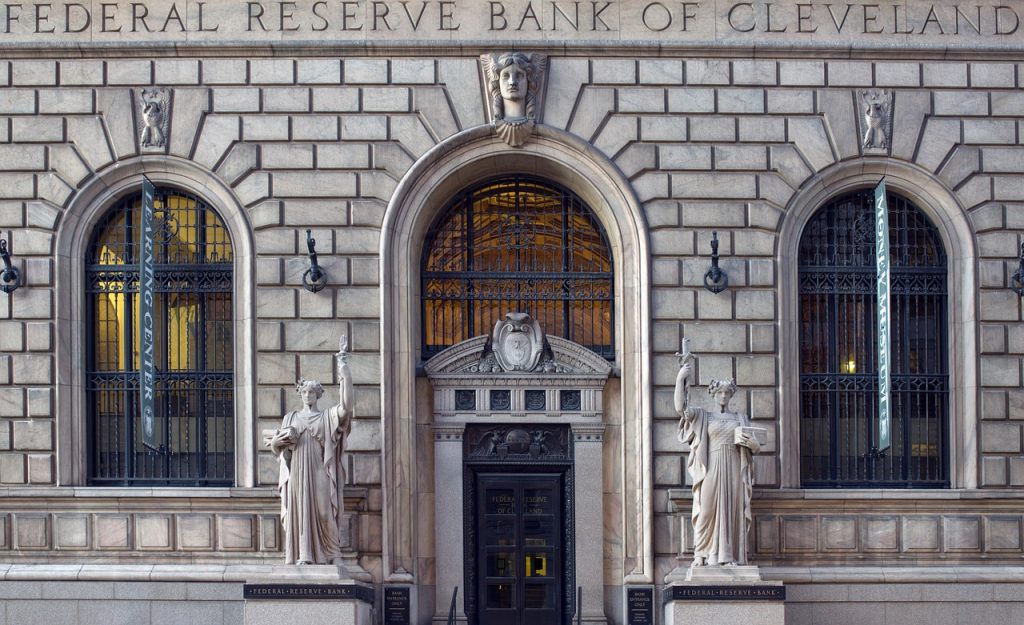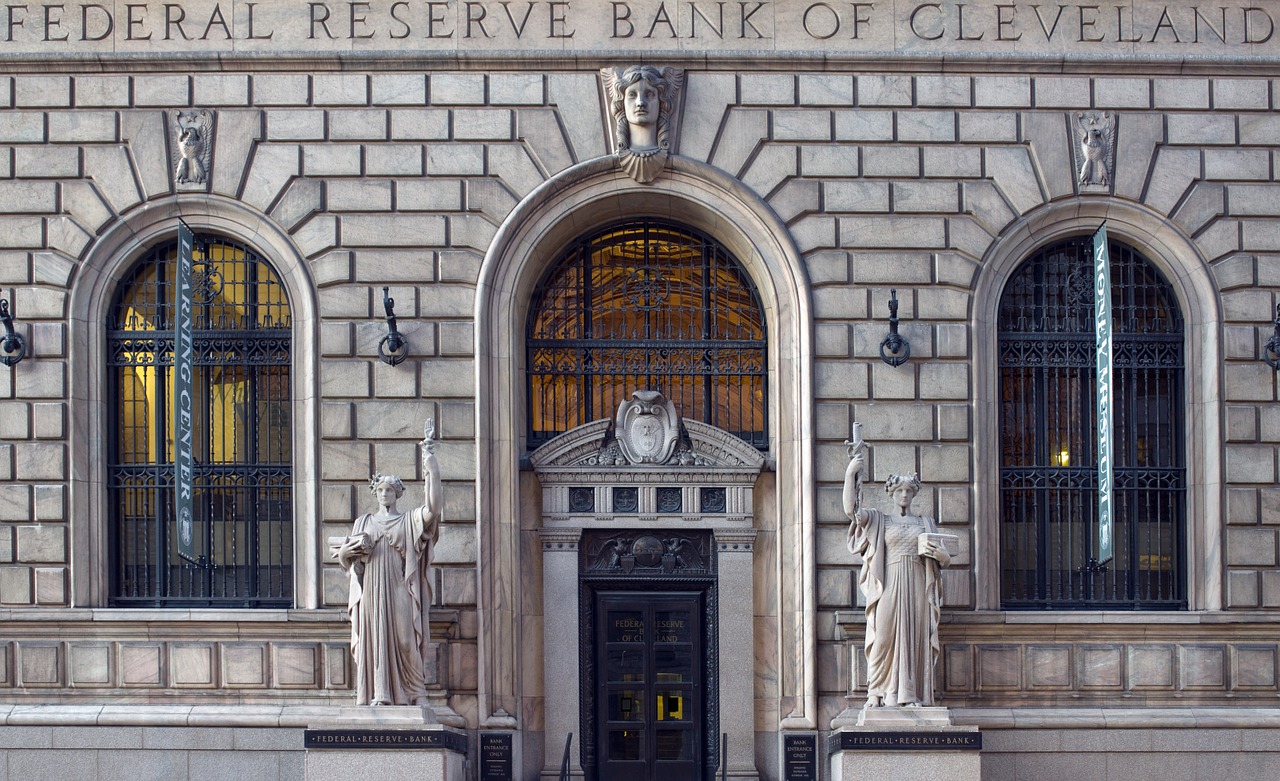With Silicon Valley Bank and Credit Suisse defunct, the Fed must restore confidence in the financial sector. The historical treatment for financial instability has been lower interest rates and more liquidity. The problem, however, is that the Fed is simultaneously trying to reduce inflation. The Fed must orchestrate higher interest rates and less liquidity to tame inflation.
Q4 2022 hedge fund letters, conferences and more

Welcome to the paradox it faces in phase two of the Fed follies.
During phase one of the Fed’s tightening campaign, it raised the Fed funds rate at almost double the pace in the previous 40 years. Furthermore, it is reducing its balance sheet by nearly $100 billion a month via quantitative tightening (QT). To the Fed’s chagrin, high inflation is proving hard to conquer because economic activity remains brisk, and unemployment sits near 50-year lows. Fighting inflation requires tight monetary policy to weaken economic demand.
Phase two, unlike phase one, introduces financial instability. This inconvenient crisis drags the Fed in opposing directions. Lower interest rates and more liquidity are the keys to boosting confidence in the financial sector, but they impede the Fed’s ability to fight inflation.
Fed mandates
Per the San Francisco Fed: “Congress has given the Fed two coequal goals for monetary policy: first, maximum employment; and second, stable prices, meaning low, stable inflation.”
The Fed’s Congressional mandates argue it should continue to focus on inflation as the unemployment rate is at historic lows and prices are far from low and stable. Economic activity, which significantly affects employment and prices, is robust.
If the Fed were to follow its mandates strictly, there would be no phase two of the Fed monetary policy. Fed funds would remain “higher for longer” until inflation moderates.
Decades ago, the Fed expanded its boundaries by prescribing a third mandate. The Fed believes it must also maintain a stable financial system to keep the economy’s engine, banking, on sound footing.
Read the full article here by Michael Lebowitz, Advisor Perspectives.

